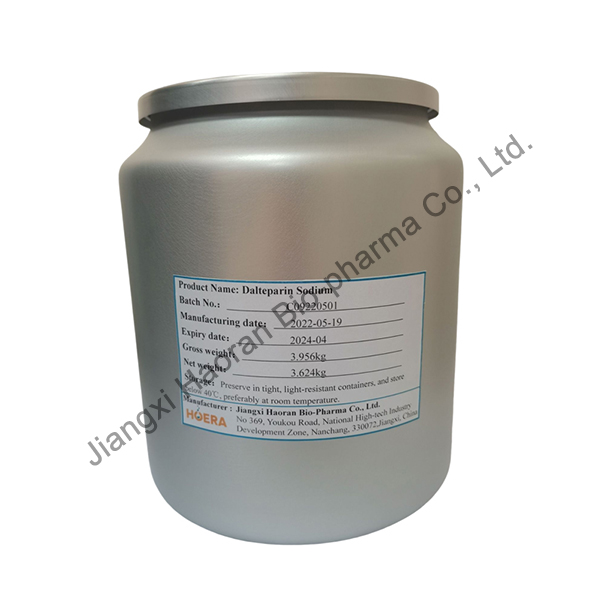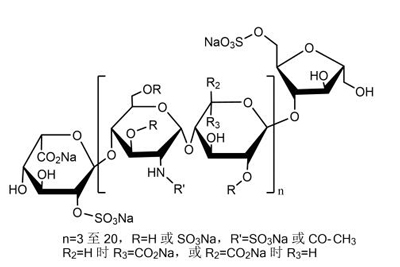Tissue plasminogen activator is a treatment to dissolve blood clots
Tissue plasminogen activator (tPA) is a drug given through a vein to help break up a blood clot so that blood flow can return to normal. It is used for the emergency treatment of ischemic stroke, which occurs when a blood clot interrupts blood flow to a region of the brain. Severe Acute Cerebrovascular Disease

The timely administration of tPA can save lives. And because tPA restores blood flow by dissolving the clots in a blood vessel, it may limit the damage from a stroke and protect against quality of life impacts, like mobility loss or speech difficulties.
This article explains what tPA is and how it works to break down a clot. It discusses how healthcare providers make a decision about tPA administration, why it's not always possible to use the drug, and the side effects and complications that may arise from tPA use.
A protein that naturally occurs in the body, tPA can be found on endothelial cells—the cells that line blood vessels.
It activates the conversion of plasminogen to plasmin, an enzyme responsible for the breakdown of clots. This helps restore blood flow that would otherwise remain impeded.
An experienced medical team can administer tPA in its powerful medication form when rapid clot-busting is needed.
Due to a range of factors, including the availability of tPA, the death rate from stroke in the United States fell 77% between 1969 and 2013. However, a 2019 analysis shows stroke rates are declining in people aged 75 and older but increasing in people aged 49 and younger.
Prior to receiving treatment with tPA, you should expect your healthcare provider to review your medical history and order a brain computerized tomography (CT) scan. This is because there are several medical conditions that make it too dangerous for you to receive tPA.
If you have any of these conditions, not only would tPA not help you, it could cause significant harm to your health. You are ineligible to receive treatment if any of the following apply:
Protocols have been established to rapidly identify whether you could be having a stroke, so that your testing and treatment can be prompt and efficient, allowing you to receive life-saving treatments in a timely manner.
In fact, some centers are making strides in diagnosing stroke sooner than ever before via mobile stroke units.
Studies in the mid-1990s showed tPA increased recovery from stroke symptoms by up to 50%. Today, studies show tPA used in combination with endovascular therapy (removal of clots by placing a catheter in the brain) gets even better results than tPA alone.
Treatment with tPA has been effective for people with an ischemic stroke as long as it is received intravenously within up to 4.5 hours of the onset of symptoms.
In contrast, endovascular treatment to remove the clot or deliver tPA at the site of the clot is considered for up to 24 hours after a stroke.
Guidelines for the treatment of acute stroke published by the American Heart Association in 2018 strongly recommend IV alteplase (tPA) within 4.5 hours of stroke symptoms onset for eligible patients. This treatment approach has been shown to produce the best overall outcomes.
However, FDA approval states it should be administered within 3 hours, and faster treatment times are associated with a reduced rate of complications.
While tPA has been shown to be beneficial in the treatment of stroke, there are risks associated with tPA treatment—even for people who have been medically cleared to receive it.
It is a powerful blood thinner, and serious side effects may occur, including the following:
If you experience any of these side effects, you should immediately inform your medical team.
The best way to maximize the chances of receiving the most effective treatment for a stroke is to get to the emergency room as soon as possible if you believe a stroke may be occurring.
Symptoms of a stroke include:
Note that a person having a stroke may not notice when they are experiencing symptoms. You may recognize these signs in someone else before they do, or vice versa.
Use the letters in FAST to recognize a stroke:
Don’t wait for the symptoms to disappear. The sooner you get help, the more likely you'll be in the window for tPA treatment (if applicable). You'll also likely have fewer the long-term effects.
The use of tPA medication to break up clots in blood vessels has offered benefits to thousands of people since its use was first approved, but it can't be used in all cases.
It's important to recognize the signs and symptoms of stroke to ensure treatment begins as quickly as possible.
As a thrombolytic, tPA is part of a drug class that also includes agents such as TNKase (tenecteplase) and Streptase (streptokinase). These drugs are used to induce thrombolysis, or the dissolving of blood clots.
Tissue plasminogen activator (tPA) is used to treat ischemic stroke, pulmonary embolism, and heart attack.
Research suggests tPA administered after 4.5 hours is not beneficial and may increase the risk of death. Some studies are investigating if tPA administration after 4.5 may provide benefits in certain situations.
UptoDate. Patient education: Ischemic stroke treatment (Beyond the Basics).
American Stroke Association. Why getting quick stroke treatment is important.
National Institute of Neurological Disorders and Stroke. Tissue Plasminogen Activator for Acute Ischemic Stroke.
GBD 2019 Stroke Collaborators. Global, regional, and national burden of stroke and its risk factors, 1990-2019: a systematic analysis for the Global Burden of Disease Study 2019. Lancet Neurol. 2021 Oct;20(10):795-820. doi: 10.1016/S1474-4422(21)00252-0
American Heart Association. U.S. stroke rate declining in adults 75 and older, yet rising in adults 49 and younger.
Merck Manual Consumer Version. Ischemic stroke.
National Institute of Neurological Disorders and Stroke rt-PA Stroke Study Group. Tissue plasminogen activator for acute ischemic stroke. N Engl J Med. 1995 Dec 14;333(24):1581-7. doi: 10.1056/NEJM199512143332401
Hussain M, Moussavi M, Korya D, Mehta S, Brar J, Chahal H, Qureshi I, Mehta T, Ahmad J, Zaidat OO, Kirmani JF. Systematic review and pooled analyses of recent neurointerventional randomized controlled trials: Setting a new standard of care for acute ischemic stroke treatment after 20 years. Interv Neurol. 2016 Jun;5(1-2):39-50. doi: 10.1159/000442355
Powers WJ, Rabinstein AA, Ackerson T, et al; American Heart Association Stroke Council. 2018 guidelines for the early management of patients with acute ischemic stroke: A guideline for healthcare professionals from the American Heart Association/American Stroke Association. Stroke. 2018 Mar;49(3):e46-e110. doi: 10.1161/STR.0000000000000158.
Cheng NT, Kim AS. Intravenous Thrombolysis for Acute Ischemic Stroke Within 3 Hours Versus Between 3 and 4.5 Hours of Symptom Onset. Neurohospitalist. 2015 Jul;5(3):101-9. doi: 10.1177/1941874415583116
Fernandez-Gotico H, Lightfoot T, Meighan M. Multicenter study of adverse events after intravenous tissue-type plasminogen activator treatment of acute ischemic stroke. J Neurosci Nurs. 2017;49(1):31-36. doi:10.1097/JNN.0000000000000247
American Stroke Association. Stroke symptoms.
American Stroke Association. Stroke symptoms.
Chen QF, Liu YY, Pan CS, Fan JY, Yan L, Hu BH, Chang X, Li Q, Han JY. Angioedema and Hemorrhage After 4.5-Hour tPA (Tissue-Type Plasminogen Activator) Thrombolysis Ameliorated by T541 via Restoring Brain Microvascular Integrity. Stroke. 2018;49(9):2211-2219. doi:10.1161/STROKEAHA.118.021754
Wechsler LR. The 4.5-hour time window for intravenous thrombolysis with intravenous tissue-type plasminogen activator is not firmly established. Stroke. 2014;45(3):914–5. doi:10.1161/STROKEAHA.113.002701
Christophe BR, Mehta SH, Garton AL, Sisti J, Connolly ES Jr. Current and future perspectives on the treatment of cerebral ischemia. Expert Opin Pharmacother. 2017;18(6):573-580. doi:10.1080/14656566.2017.1309022
By Jose Vega MD, PhD Jose Vega MD, PhD, is a board-certified neurologist and published researcher specializing in stroke.
Thank you, {{form.email}}, for signing up.
There was an error. Please try again.

Tingzaheparin Sodium By clicking “Accept All Cookies”, you agree to the storing of cookies on your device to enhance site navigation, analyze site usage, and assist in our marketing efforts.